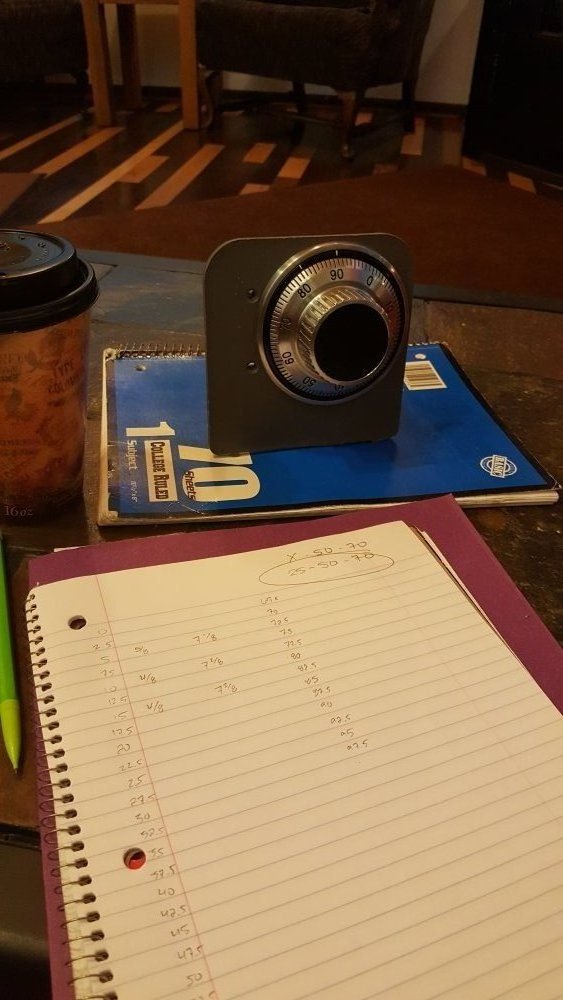Safe Cracking “By Feel”| Safe Lock Manipulation
Safe lock manipulation has intrigued people for generations. It’s been shown in Hollywood spy movies, and has surely been used by real spies. It leaves no trace, causes no damage, and is virtually silent. Many have tried it, but few have tried enough to find success at it.
What is Safe Lock Manipulation?
Safe lock manipulation is the art of opening a safe with nothing but the dial and your finger tips. An experienced safe technician may be skilled at safe lock manipulation, but few Locksmiths today have devoted the time to learn this skill. Today many safe owners opt for electronic safe locks rendering manipulation useless for a far greater percentage of service calls. Most quality mechanical safe dials can be manipulated.
How does it work?
The dial is used to measure slight changes within a mechanical safe lock. Machine error, or lack of perfection rather, permit a exploitable environment for a well practiced technician to feel out. Manufacturer machine error is minimal, as is the feedback these errors create. Technicians must properly collect and interpret this data with exactness. Locksmiths use the lock against itself to defeat it, our side of the steel box allows us the dial.
The dial is the only tool needed, it’s connected to the lock within by the “spindle.” When a person turns a safe dial and pays attention to how the dial feels, they will notice slight ticks, drag, and other inconsistencies. To crack a safe you only need to understand how the lock works and pay attention to the clues the lock gives you. Any feedback the dial delivers has value, and helps a skilled manipulator map the unseen.
In other words, we systematically (organized and efficiently) pull data dial, this data comes to the operator by feel. Manipulation above all else requires extreme consistency, that’s what makes is an art. Each technician must develop their own unique technique to accomplish complete consistency.
What is it like to actually do it?
Stand-alone manipulation is a tedious task, but learning manipulation is a extremely tedious task. You have to concentrate for extend period of time, you focus is on the slightest bumps and ticks, and your eyes strain to see the slightest changes. You can’t do it halfheartedly, I find I have better odds when I limit myself to very short and infrequent breaks. You have to be consistent so limit any variables necessary. Personally, it was 18 months before I opened a single practice lock (a real lock mounted on a piece plastic). I was self taught with some access to privileged literature, and practiced on and off taking breaks when I got bored of failing. Each time after failing to open a lock I would peak at the combination and try to analyze where and why I was mislead. Until one evening I finally cracked one, it was well deserved and still feels good every time.

a few final bits of data continued from the previous page
A average safe technician might manipulate a safe lock in 45 minutes or less. A technician’s speed and consistency greatly depend on their ability to make accurate intuitive decisions. Mistakes cost you time, but so does failure to take risks. Masters of lock manipulation know immediately when they have found a number, and quickly progress towards completion without wasting any time. Their are annual national and international Safe Lock Manipulation contests, so technically some one somewhere is officially the world’s best safe-cracker.
Who is the best safe-cracker in the world?
Jeff Sitar.
If this interests you I suggest watching this, Jeff Sitar is a world champion safe cracker.


I wish I could challenge Jeff Sitar to a safe combination lock opening contest, for older locks of course. I am not a locksmith. I am a kitchen worker. I can open an older safe or vault lock probably in 30 minutes through finger manipulatiin. We would use the same locks for our competition